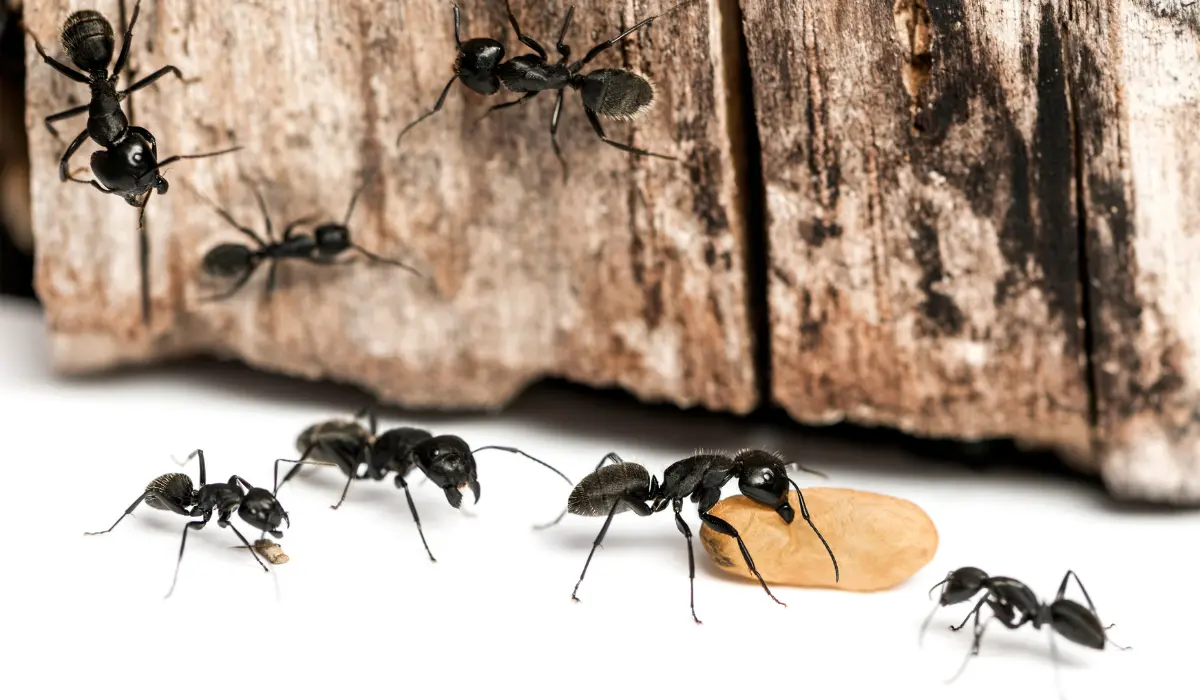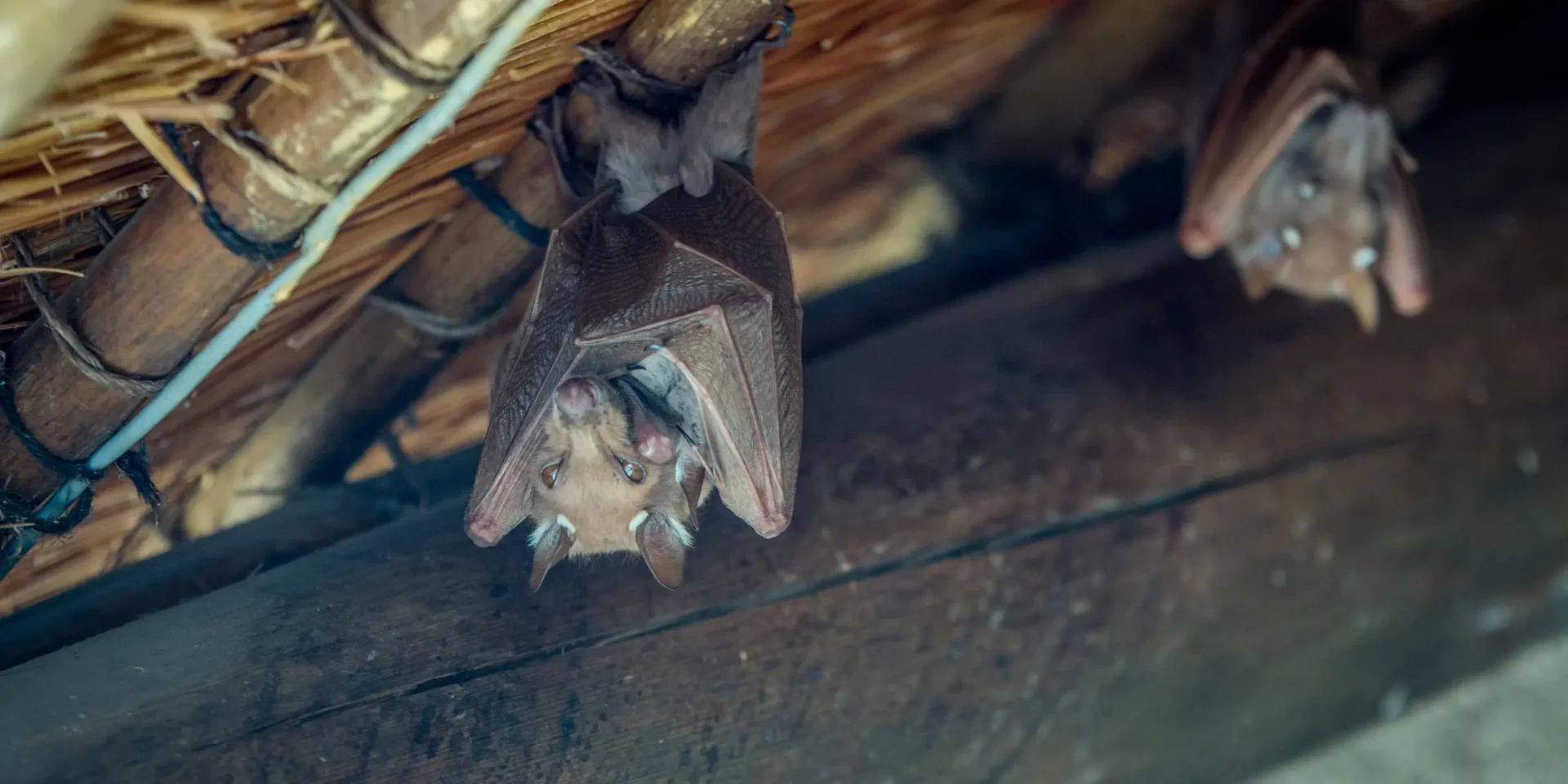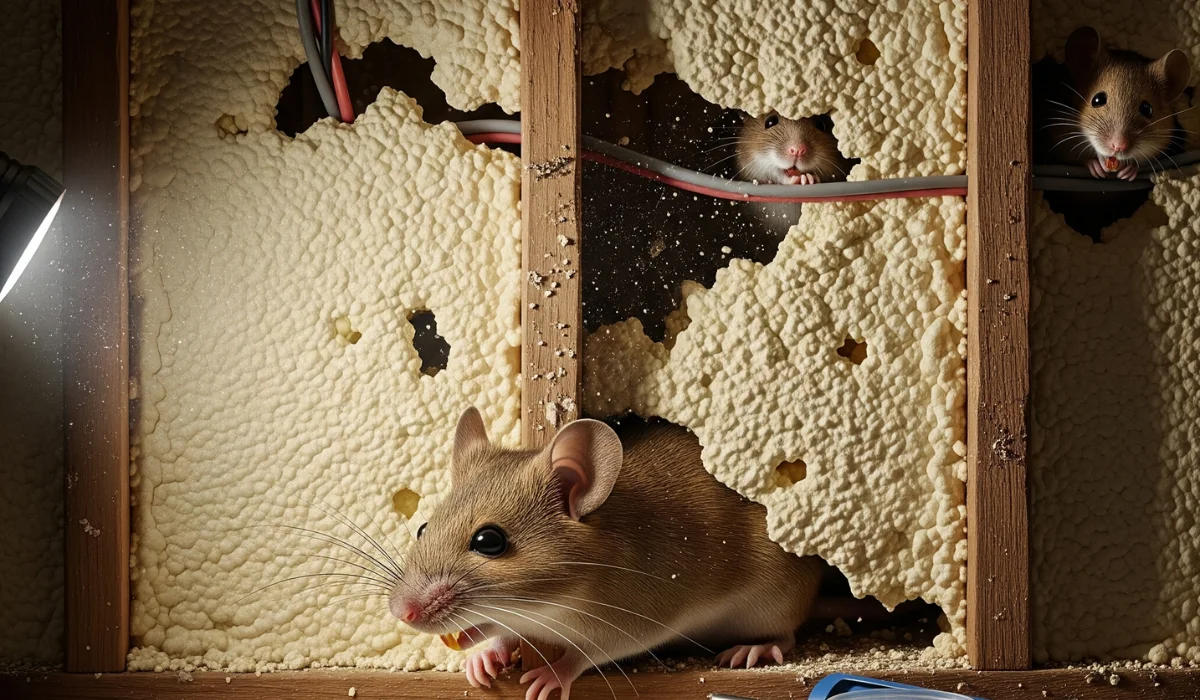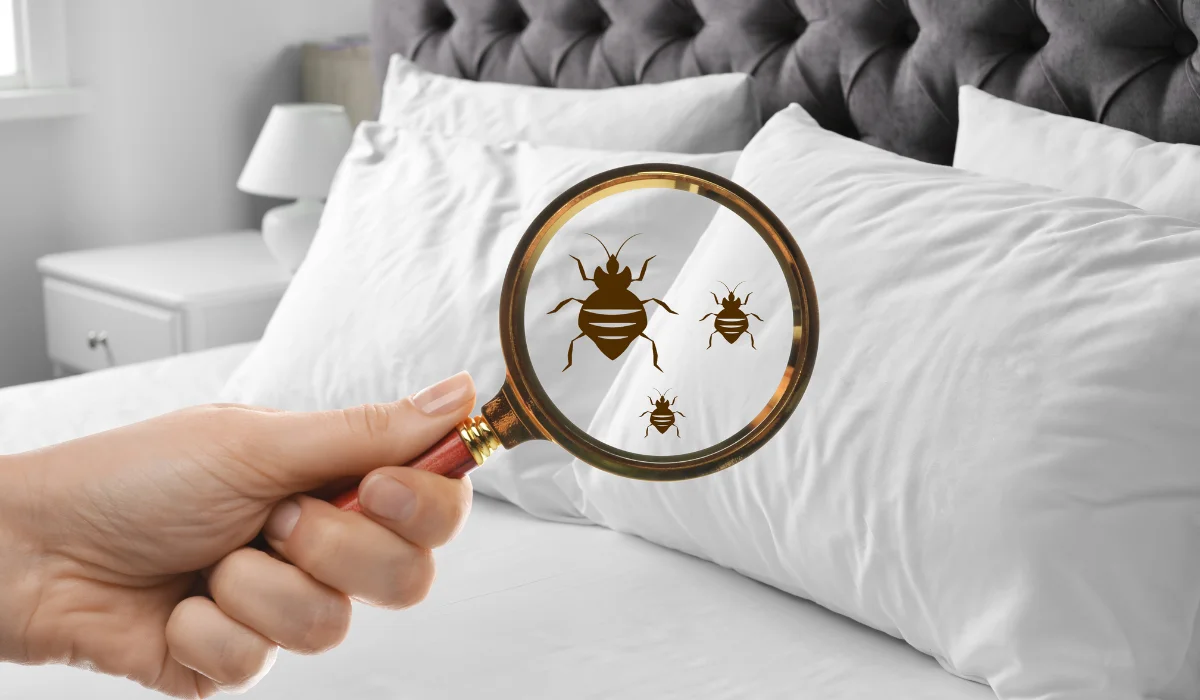Spotting signs of a carpenter ant infestation in New Orleans can save you a lot of trouble. Sawdust-like material known as frass and the presence of large, dark ants are vital signs of their activity.
Carpenter ants are particularly fond of moist, decayed wood, often found in old homes or areas with poor drainage. Have you ever noticed winged ants around your windows or doors? Keep reading to get the complete picture of how to deal with these pesky invaders.
Key Takeaways
- Signs of carpenter ant infestations may include sawdust piles, swarmers, rustling noises, visible worker ants, wood damage, and moisture issues.
- Home remedies like boric acid, essential oils, and sealing entry points can effectively control carpenter ant infestations.
- Regular home maintenance, complemented by strategic landscaping, can help prevent carpenter ant infestations.
- Professional pest control services provide thorough inspections, accurate identification, and customized treatment plans to effectively tackle severe carpenter ant infestations.
IDENTIFYING THE 6 SIGNS OF CARPENTER ANT INFESTATIONS IN NEW ORLEANS
Carpenter ant infestations in New Orleans can cause significant structural damage if not addressed quickly.
As homeowners in Louisiana, here are the typical signs you must know to prevent further destruction and ensure a safe living environment.
1. Piles of Sawdust
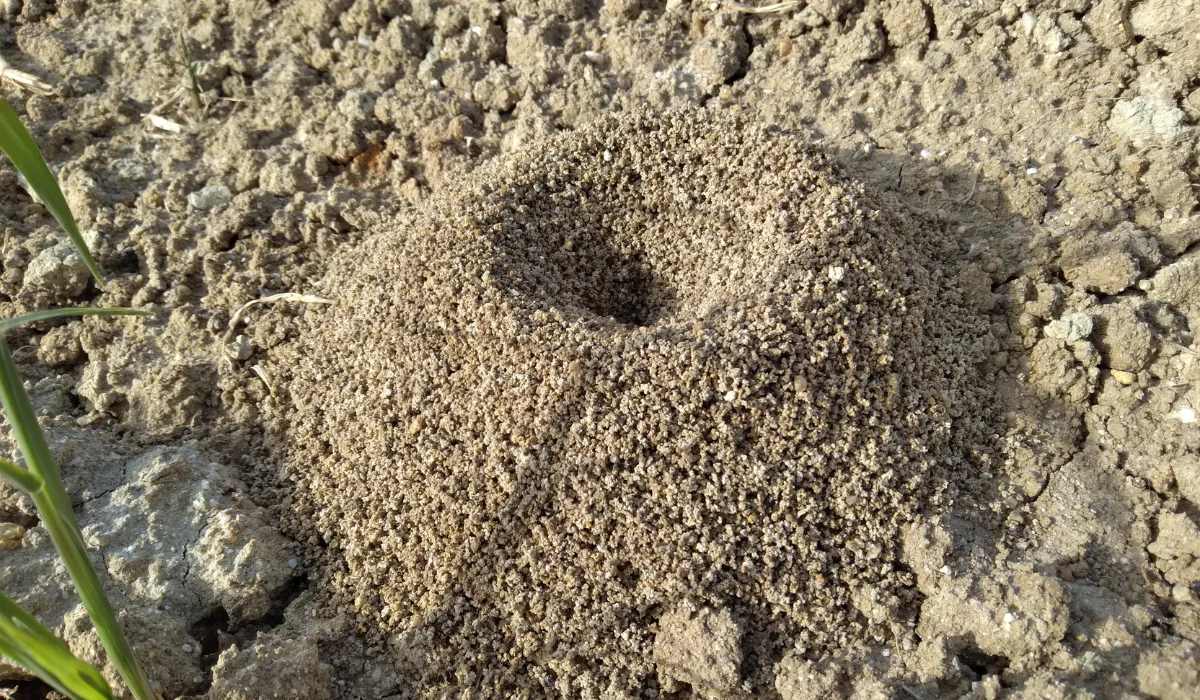
Piles of sawdust, or frass, are a primary indicator of carpenter ant presence. These ants tunnel through wood but do not eat it, leaving behind fine wood shavings around baseboards, sills, and voids where ants are burrowing.
To identify this issue, look for these:
- Frass near wooden structures.
- Sawdust in crawl spaces.
- Wood shavings accumulated in corners.
2. Swarmers
Swarmers are winged reproductive ants that emerge to form new colonies. Spotting them inside your home suggests an established carpenter ant nest nearby.
Key indicators include:
- Large winged ants around windows.
- Swarmers are often mistaken for termite swarmers but with bent antennae and a slimmer thorax.
- Increased ant activity during spring and early summer.
3. Rustling Noises
Rustling noises in walls or wooden structures can be a subtle yet significant sign of carpenter ants. These noises result from ants active within the wood.
To identify a bustling carpenter ant colony within the wood, listen for:
- A faint rustling sound or crackling within walls.
- Increased noise levels at night when ants are most active.
- Sounds around wooden supports, attic spaces, and crawl areas.
4. Visible Worker Ants
Seeing worker ants, especially the large, black carpenter ants, is a straightforward sign of an infestation. These ants forage for food and can often be seen in various parts of the home.
To identify if they’ve established a significant presence in the home, inspect these critical places:
- Ant trails along baseboards or wooden structures.
- Foraging ants in the kitchen or pantry, attracted to sugary foods.
- Worker ants found around moisture sources like bathrooms or under sinks.
5. Wood Damage
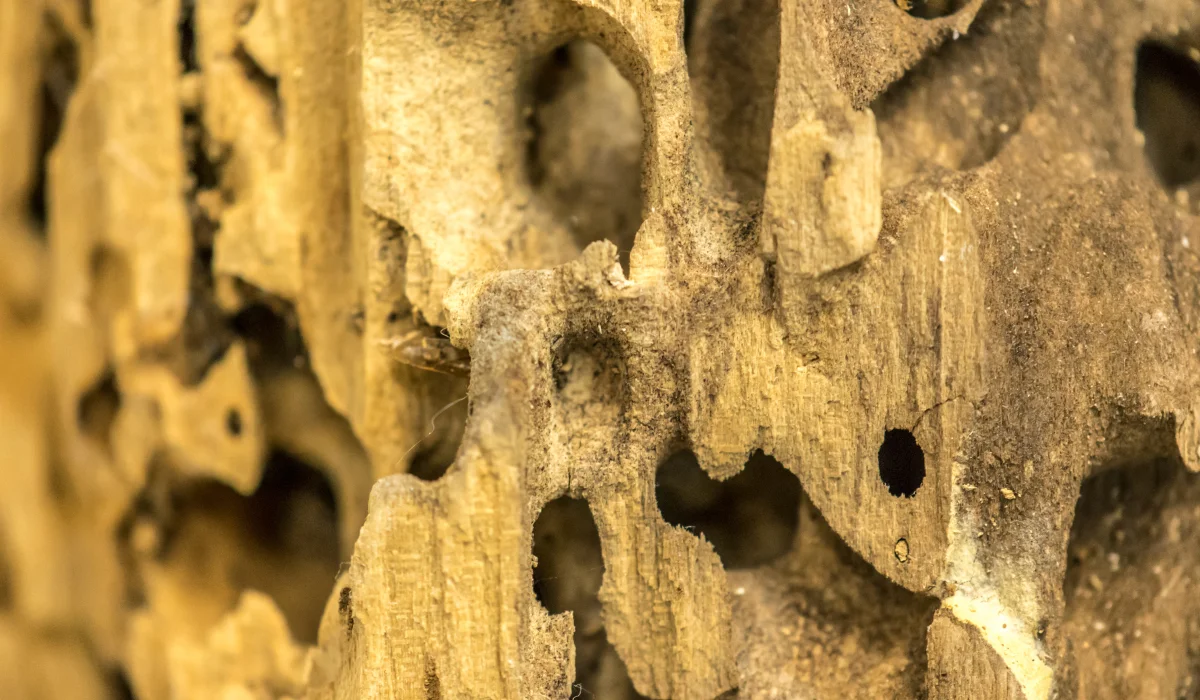
Wood damage caused by carpenter ants can severely weaken structures over time. This damage can be detrimental since they hollow out wood to create nests.
Signs of damage include:
- Hollow-sounding wood when tapped.
- Splintering and smooth, sanded-looking tunnels.
- Damage most commonly found in damp or moisture-prone wood.
6. Moisture Issues
Carpenter ants are attracted to moisture, so areas with high humidity or water leaks can become prime nesting sites. Moist environments not only attract these ants but also support their colonies.
To reduce the attractiveness of your home, essential factors to check include:
- Leaky pipes or faucets.
- Moisture-damaged wood in bathrooms, kitchens, and basements.
- Condensation build-up in crawl spaces and attics.
GETTING RID OF CARPENTER ANT INFESTATIONS IN NEW ORLEANS
Using natural remedies found in the home can be a cost-effective way to carpenter ant control. After identifying and sealing entry points, consider using natural repellents or substances to keep ants at bay.
Common DIY pest control methods for ant problems include:
| DIY Pest Control Methods | Details |
Boric Acid | Acts as a poison to the ants when they carry it back to their nest. |
Vinegar and Water Solution | Deters ants due to its strong smell. |
Essential Oils | Oils like peppermint or tea tree can be applied to suspected areas. |
Caulking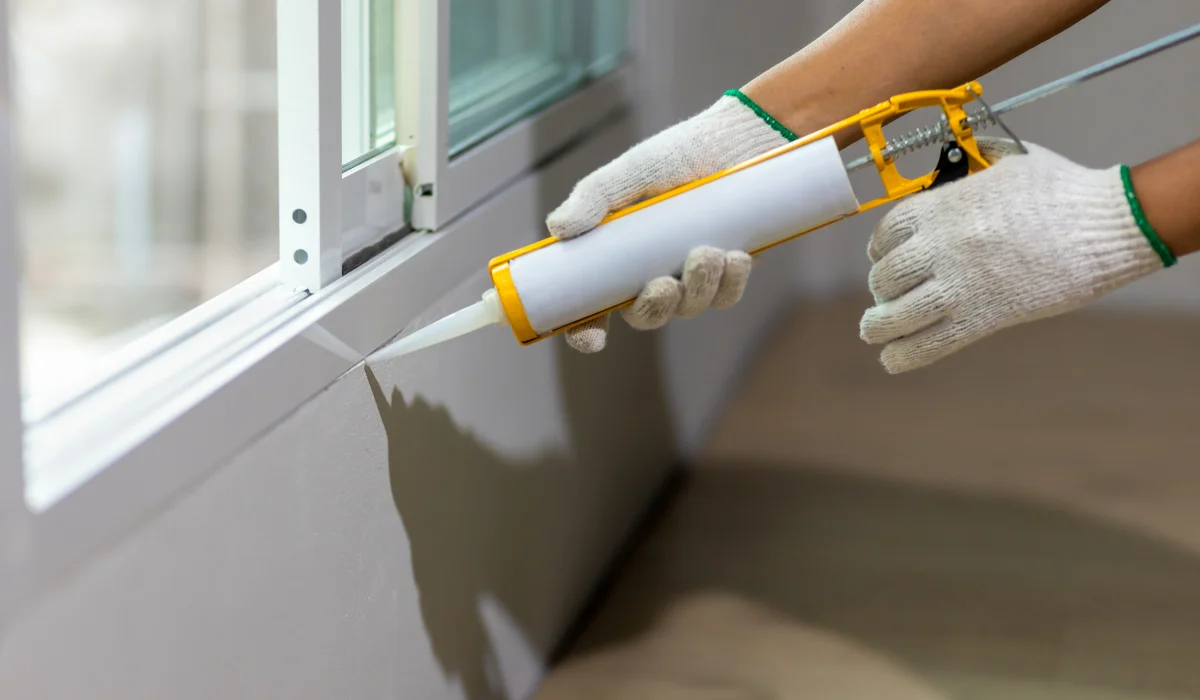 | Sealing crevices and cracks blocks ant entry points. |
PROFESSIONAL PEST CONTROL SOLUTIONS
When dealing with a carpenter ant infestation in New Orleans, you can turn to professional ant extermination services for effective solutions.
These pest control services typically include several vital steps:
- Inspection: The pest control company thoroughly inspects the property to identify the extent of the infestation and locate carpenter ant nests.
- Identification: Accurate identification of the carpenter ant species from other types of ants is crucial to choosing proper treatment methods.
- Treatment Plan: A customized treatment plan is developed, which may include a combination of chemical and non-chemical treatments.
- Extermination: They use targeted treatments to eliminate carpenter ants from the property. These might involve insecticides, baiting, spraying, or dusting.
- Damage Repair Advice – They can often provide advice on repairing any structural damage caused by the ants.
SHOULD YOU GET IN TOUCH WITH PEST CONTROL PROFESSIONALS?
Seeing carpenter ants in your New Orleans home? It could be a sign of an infestation. Ignoring them may lead to bigger problems and damage to wood structures. If you notice these signs, it’s time to take action and contact pest control professionals.
Whether you’re in Baton Rouge or New Orleans, seeking expert help should be easy. For immediate intervention for a severe infestation, let Lajaunie’s ant control specialists tailor a solution that’s right for your home.
For more information about the areas we service, visit our location page.
 By: LaJaunie's Pest Control
By: LaJaunie's Pest Control 